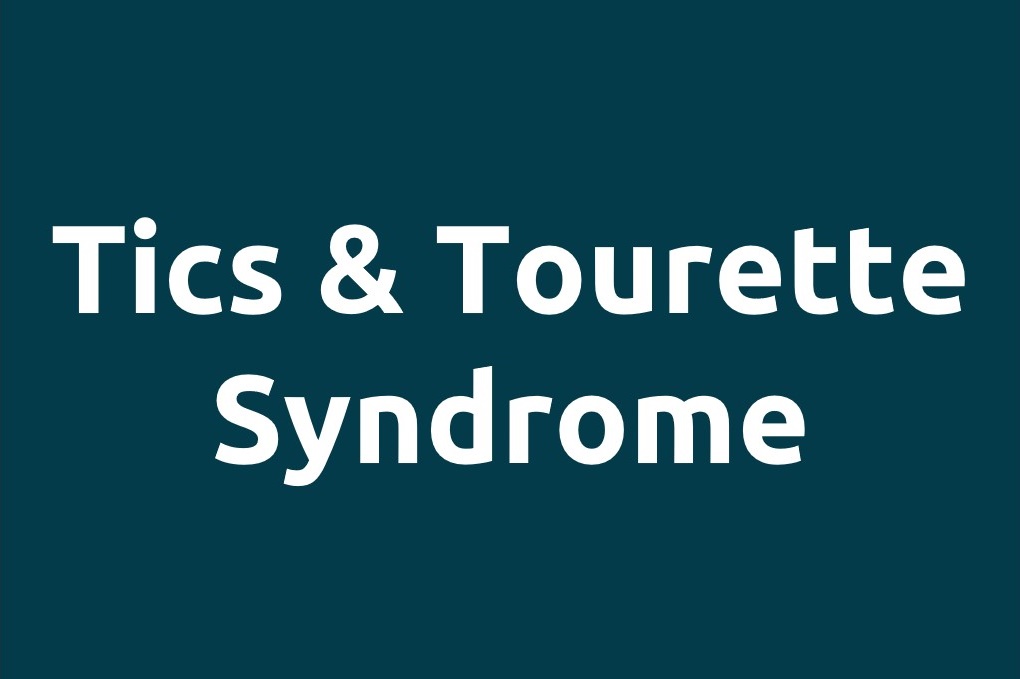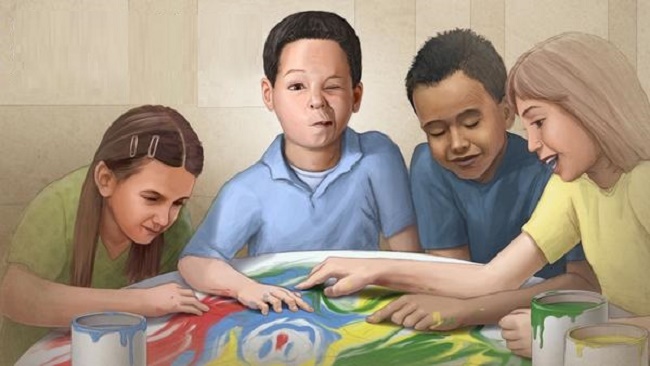

What are Tics?
Tics are movements that patients cannot always control. There is often an urge or need to do the movement then a relief after the movement. Movements sometime can be stopped briefly.
Tics may be:
- Sudden, fast
- Repetitive and stereotyped (the same each time)
- Lack purpose or rhythm
- They can be simple or complex
Simple tics appear suddenly and usually last for weeks or months. The most common simple motor tics include: eye blinking, raising the eyebrows, shoulder shrugging, turning or jerking the head and neck. Common simple vocal tics include: throat clearing, coughing, sniffing, and yawning.
Complex motor tics include more purposeful movements such as: grimacing, tapping, walking in a specific pattern or circling, jumping, kicking, or punching. Complex vocal tics include: making multiple sounds; repeating syllables, words, or phrases (echolalia); rarely saying socially taboo words or phrases (coprolalia).
What is Tourette Syndrome?
Tourette syndrome (TS), also known as Gilles de la Tourette syndrome, is a disorder that usually begins between the ages of four and six years and is most severe between ages 10 to 12. By definition the tics must start before the age of 18. TS is much more common in males than females. Patients with TS experience a combination of motor and vocal tics, either simple or complex, and they must last for more than one year. Behavioral issues, including anxiety and obsessive compulsive behavior, may occur.
What Causes Tics and TS ?
The cause of tics and TS is unknown. Tics and TS are often hereditary, meaning passed along in a family.
Are all Tics Tourette Syndrome?
Not all people with tics have TS. A diagnosis of TS requires having more than one tic, including a vocal tic, for more than one year. While tics are common, one out of five children may have tics at some point, TS is much less common.
Is there a treatment for Tics and Tourette Syndrome?
Often no treatment for tics is needed. Treatment of motor tics, vocal tics, and TS depend on how the tics affect patients and whether they have a social or emotional impact. If the tics do not cause much distress or interfere with activities, a patient may only need good support, education, and reassurance. Educating people around the patient can increase understanding and reduce social stigma. This may include input from doctors, psychologists, and social workers. Family members and teachers must learn how tics are involuntary so they can understand the diagnosis and avoid lowering the child’s self-esteem.
Patients should discuss treatment with a doctor if their tics:
- Cause significant distress
- Interfere with daily life or school
- Cause social isolation, bullying, or depression
Comprehensive Behavioral Intervention for Tics (CBIT) is one of the therapies used to treat TS. CBIT focuses on awareness training and developing a competing response to the tic urge.
If behavior therapy alone is not successful, some medications may be helpful. Medication may cause unwanted side effects, so patients need to be in close communication with their doctor. Additionally, for patients who do not respond to medications, deep brain stimulation surgery may be considered.
What can patients expect as they live with Tics or TS ?
Tics are often temporary. Tics and TS tend to disappear as patients get older and in many cases, disappear completely in adult life.
